Map Your Position Project at Cedarbrae Library
More maps are being made today than ever before in history. As an Artist in the Library in the Fall of 2016, I had the pleasure of working with Cedarbrae Library’s Scarborough community members to explore the power of map-making as a communication tool, encourage critical thinking in regards to information that maps present and create works that map the lived-experiences of individuals and groups in the surrounding community.
Over the 3 month residency, we mapped the way we use our energy, our moods day to day, our use of slang language, the fictional spaces in our minds, the first year of a baby’s life and used drawing, collage and photography to explore the nature of space.
Below are a few examples of how maps were used to this end, during this project.
LET ME BE ON TTC LET ME BE AT SCHOOL LET ME BE IN CHURCH LET ME BE AT CAMP
Mapping Experiences
A group of young women created these awareness campaign posters using map symbols, a simple slogan (Let Me Be) and the voice of Dora the Explorer to address stories gathered from their peers about the experience of unwanted touching in public spaces.
After collecting stories from their peers through a verbatim theatre exercise intended to surface where these experiences were most prevalent, they noticed that the experiences folks shared, usually took place in common community spaces where they should feel safe to live free of such harassment.
In response, they created this campaign spelling out how simple it should be to understand: Let Me Be...(...on TTC, ...at school,...at church,...at camp) and placing the responsibility directly onto the perpetrator/ the one doing the groping (a.k.a. gropers) by referencing a famous line from the children’s show Dora the Explorer: “Swiper, No Swiping!”, essentially putting it in the simplest possible terms (just don’t do it!) and demonstrating the importance of teaching this to children early on.
HIP HOP THEN (90’S) AND NOW (2016), AGE 15, 2016
45 GREENBRAE (RENOVATIONS), AGE 15, 2016
Mapping change
Using online (google) image searches and archival photographs participants created diptychs that explored environmental, cultural, community and policy change(s) (such as before and after renovations to their building, the rain forest, racial (de)segregation in sports), by juxtaposing them side by side in a series called That was Then, This is Now.
EMOJI MAP, CEDARBRAE LIBRARY, AGES 14-17, 2016
Mapping Memories and Feelings about Space
After creating a collaborative drawing of the neighbourhood surrounding Cedarbrae Library, participants used emoji stickers to share their memories and feelings of places in their community.
Orientation
We are all map-makers.
When meeting with Toronto Public Library (TPL) staff to give them a better understanding of Map Your Position’s objectives and activities, I asked them to orient me to the space by drawing maps on cocktail napkins, whether a map of the organizational structure, an introduction to the library space itself or a map to their favourite lunch spot in the neighbourhood.
Though cartography, and the work of geographers, may be concerned with developing a language of signifiers in relation (most commonly) to physical space, we often forget that we draw maps all the time with much simpler semiotic lexicons. We doodle a big star, circle something wildly, identify landmarks, use arrows and words to clarify the meaning of our scribbles. This commonplace relationship with map-drawing (often used for practical directions on how to arrive at a specific spot) does not require you to use accurate scaling or possess precise knowledge of your surroundings. Even if it is your first time at a given location you could still feasibly draw the route you took to arrive there, however crude and lacking in detail.
Wherever you find yourself while reading this blog, what details would you include in a map of your surroundings ? How wide would the parametres of you familiarity reach?
Participant Work
Click on an image to view.

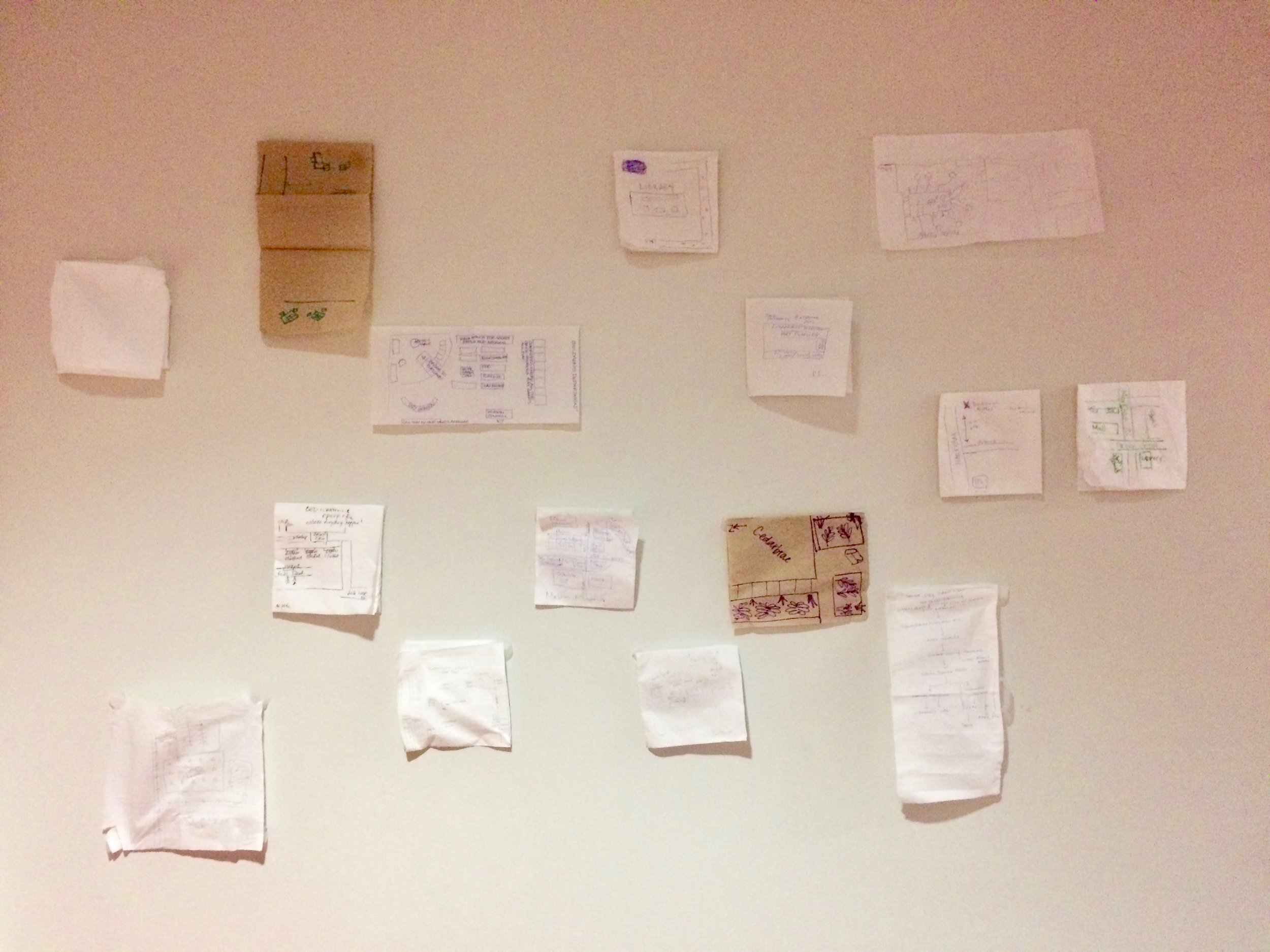
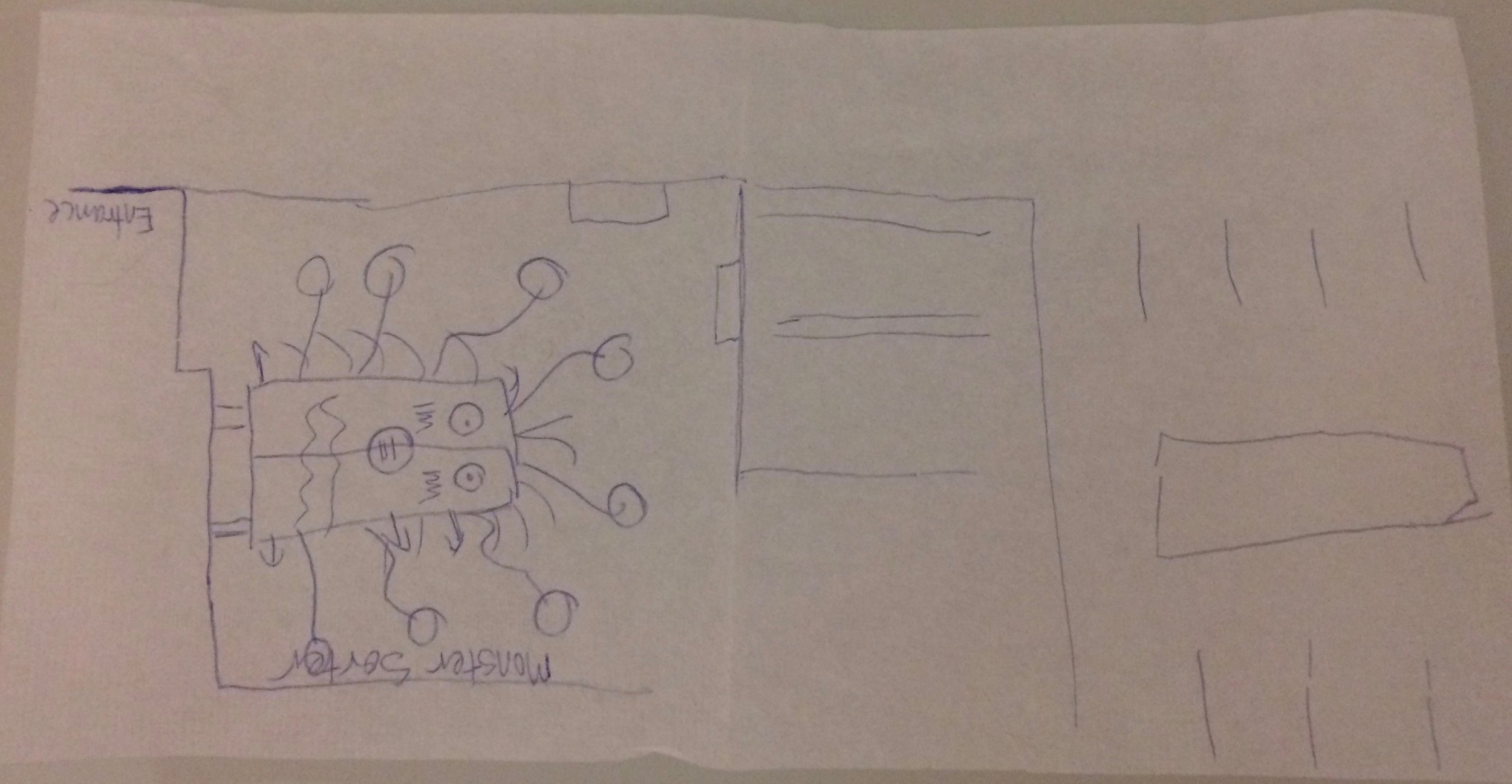

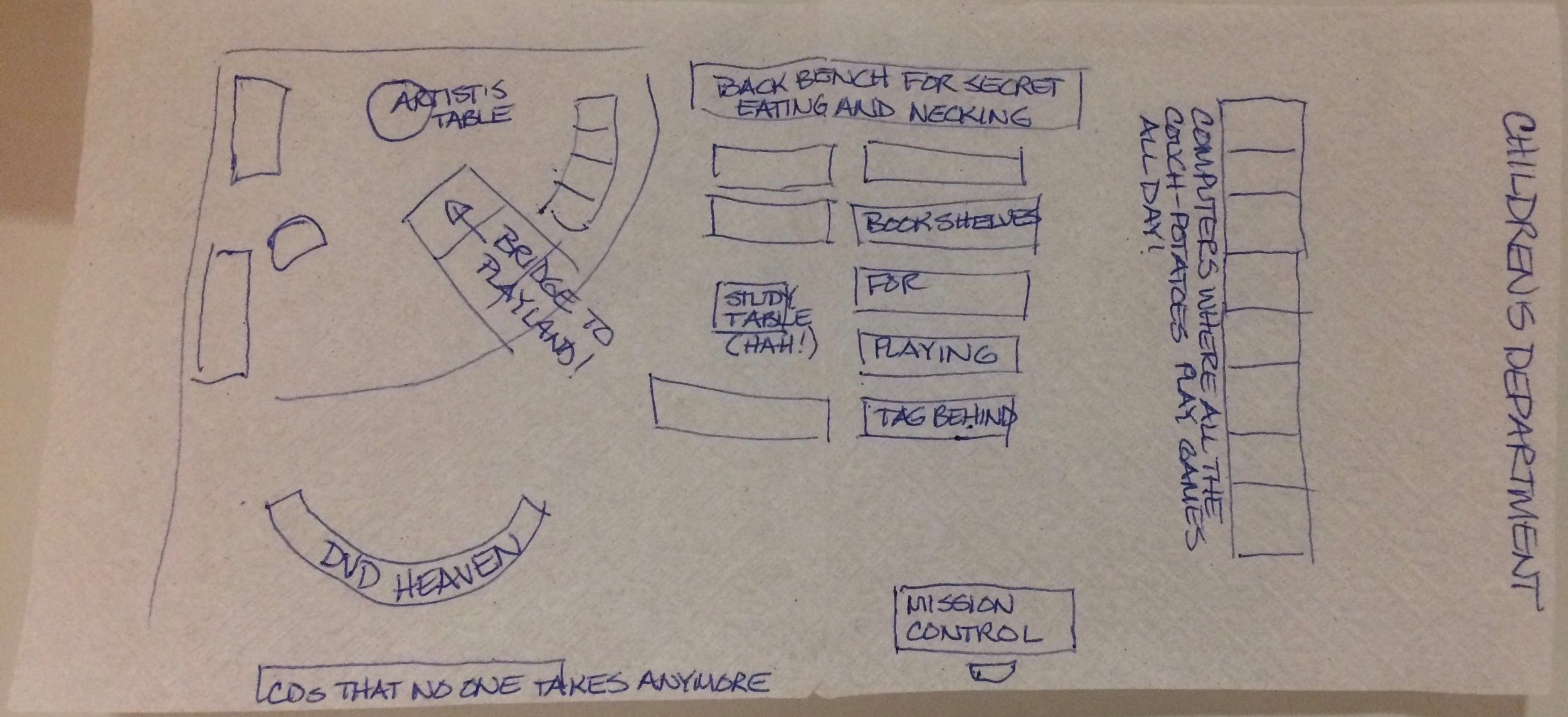



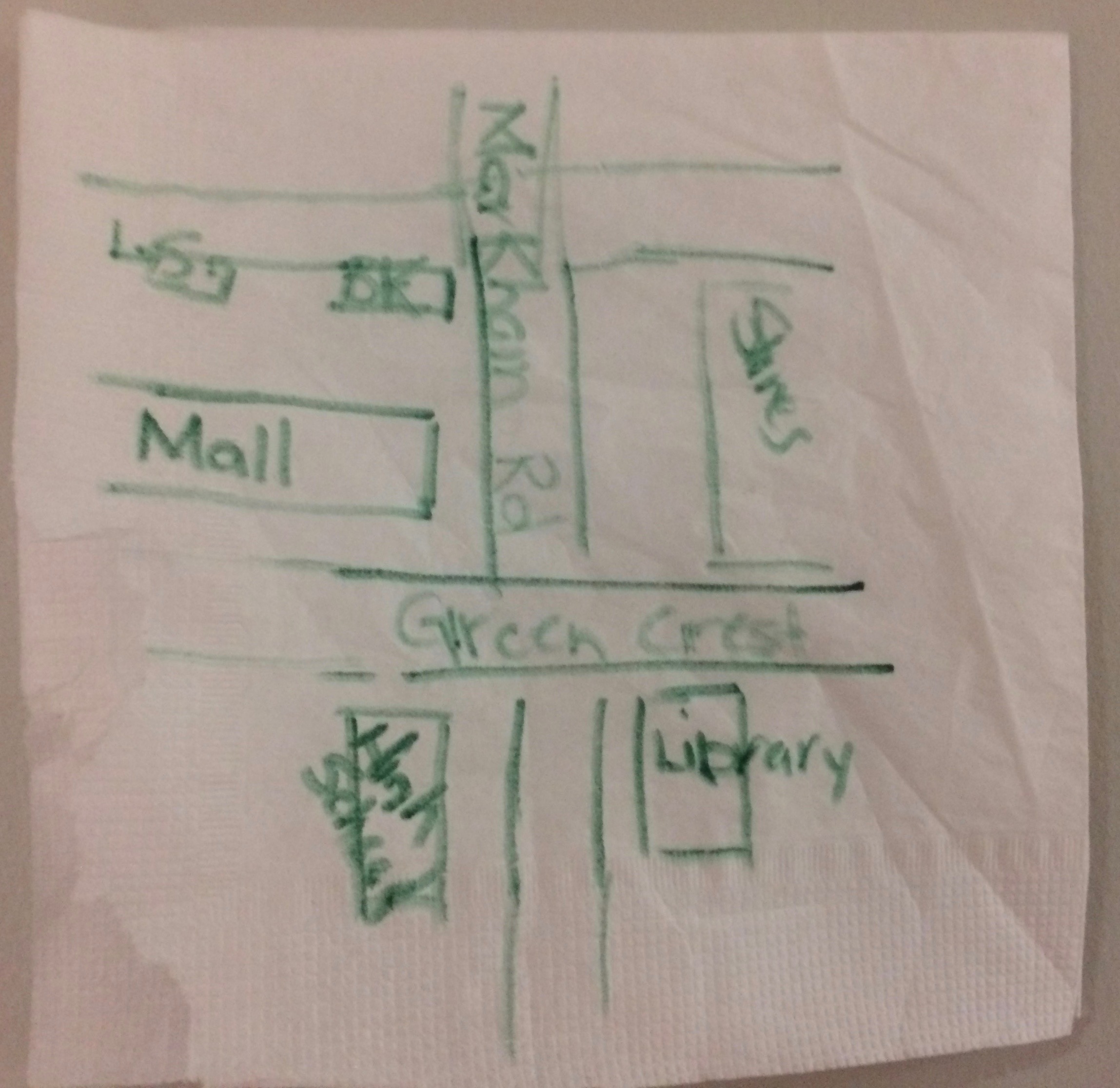
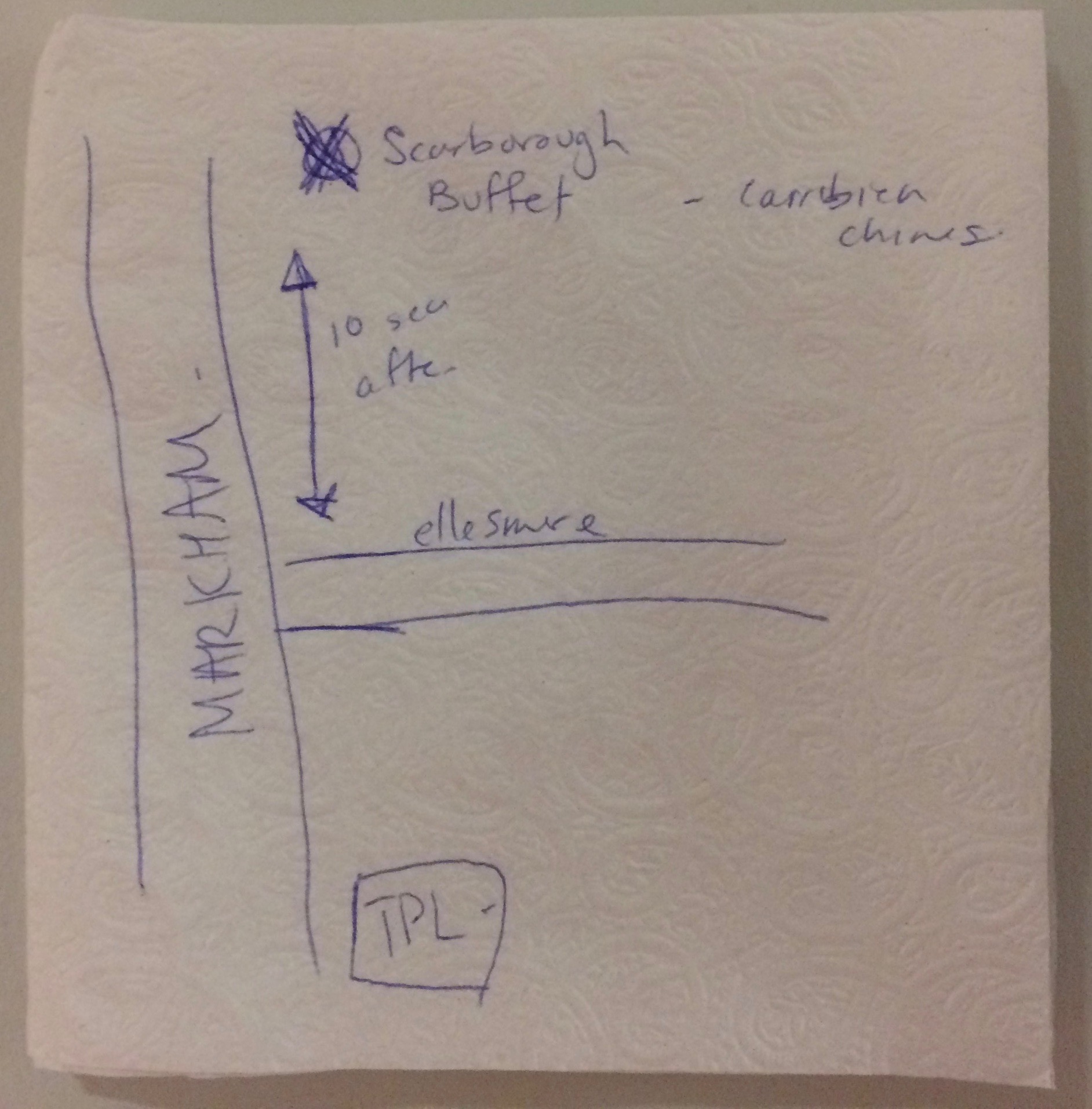

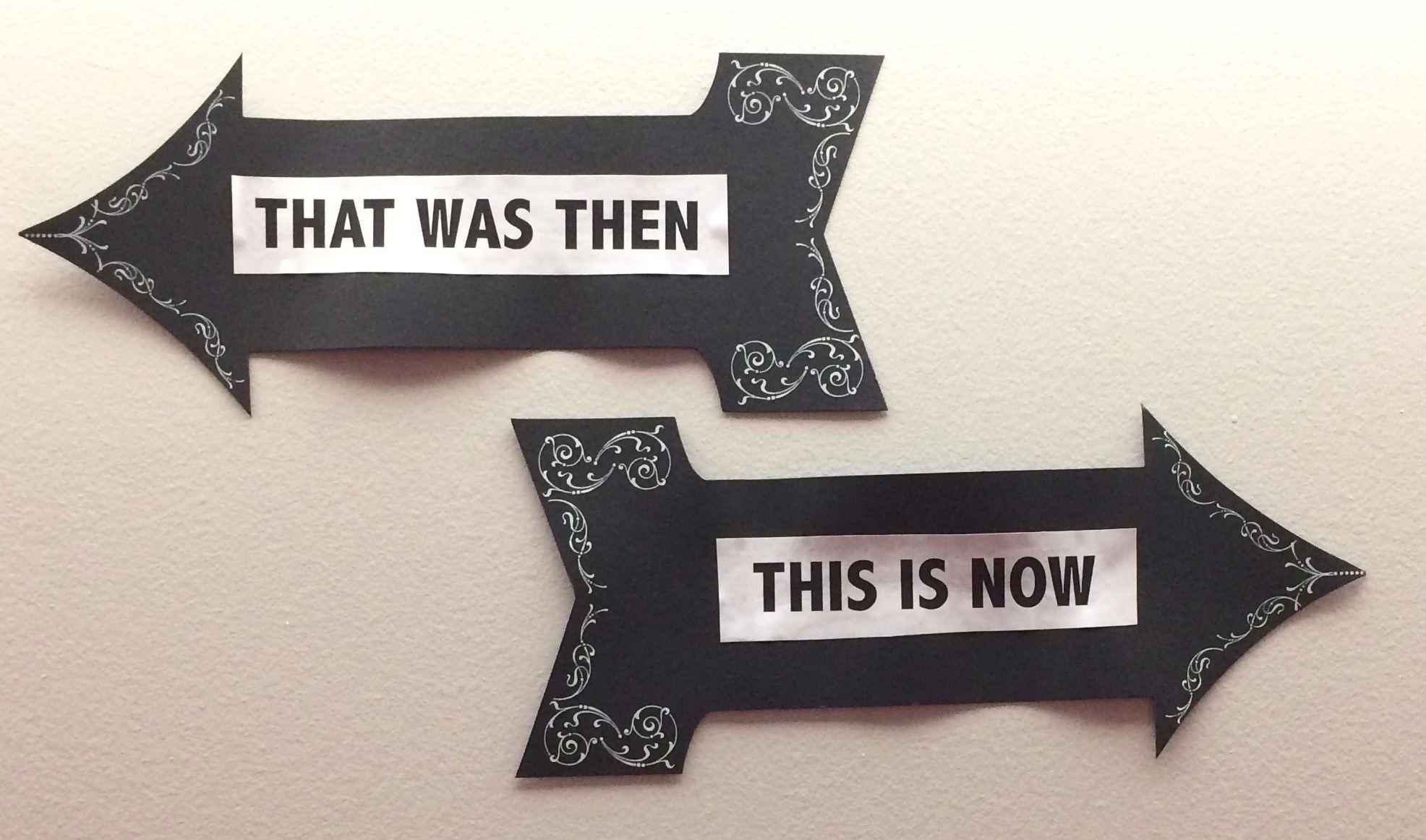

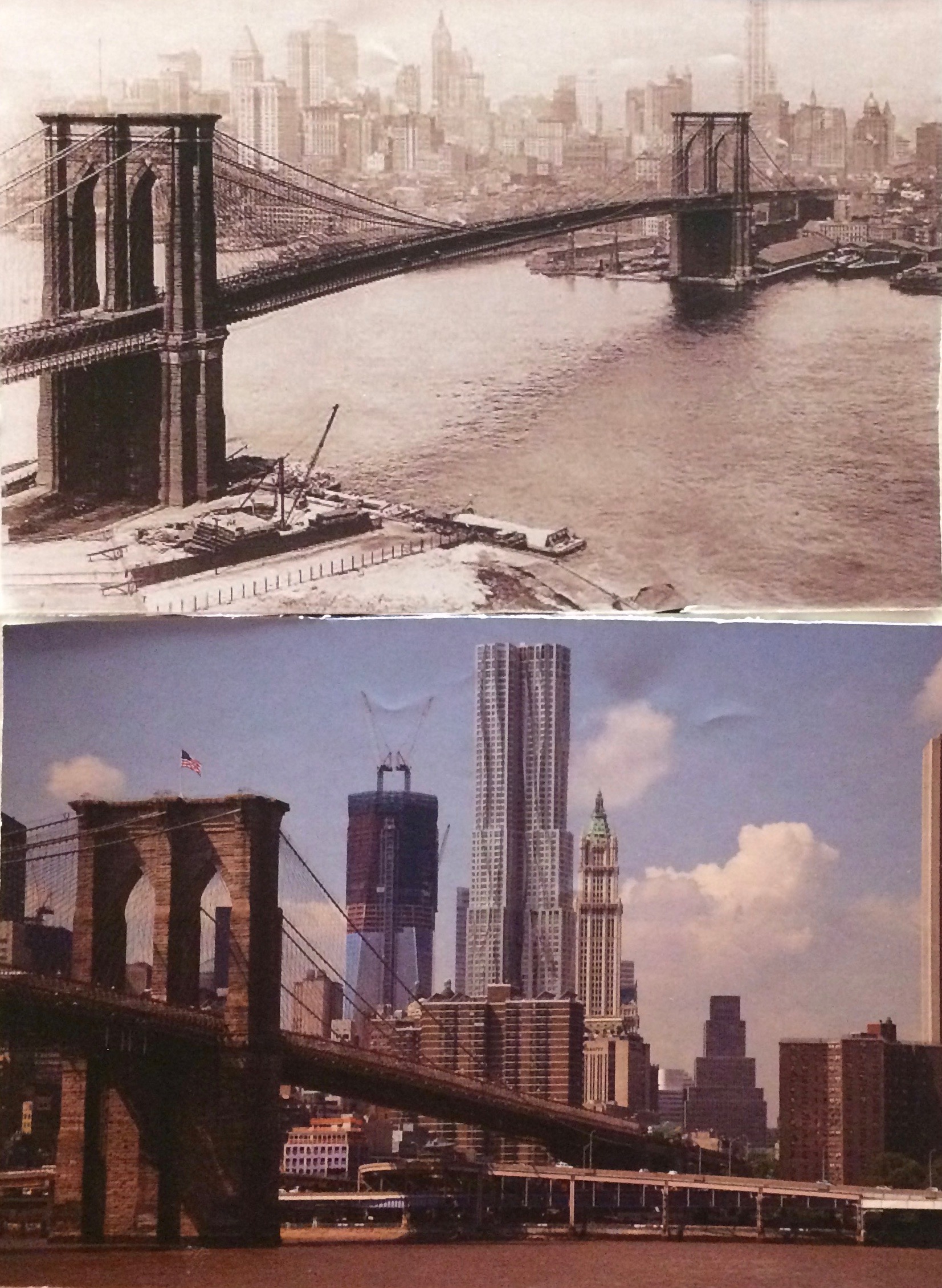

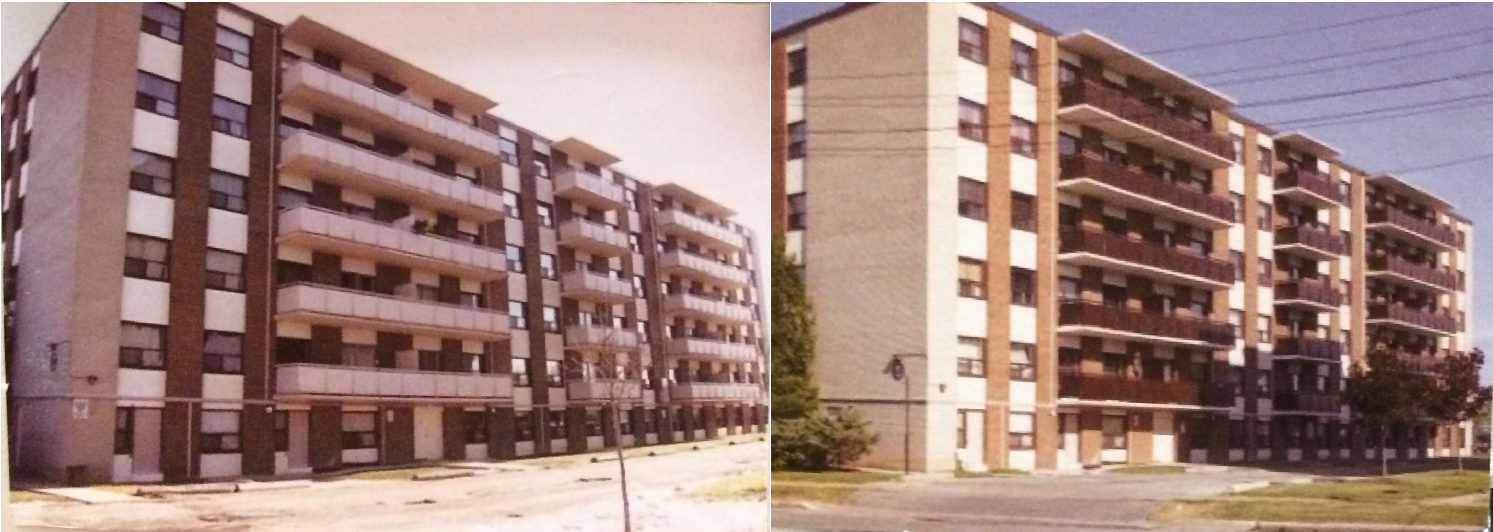
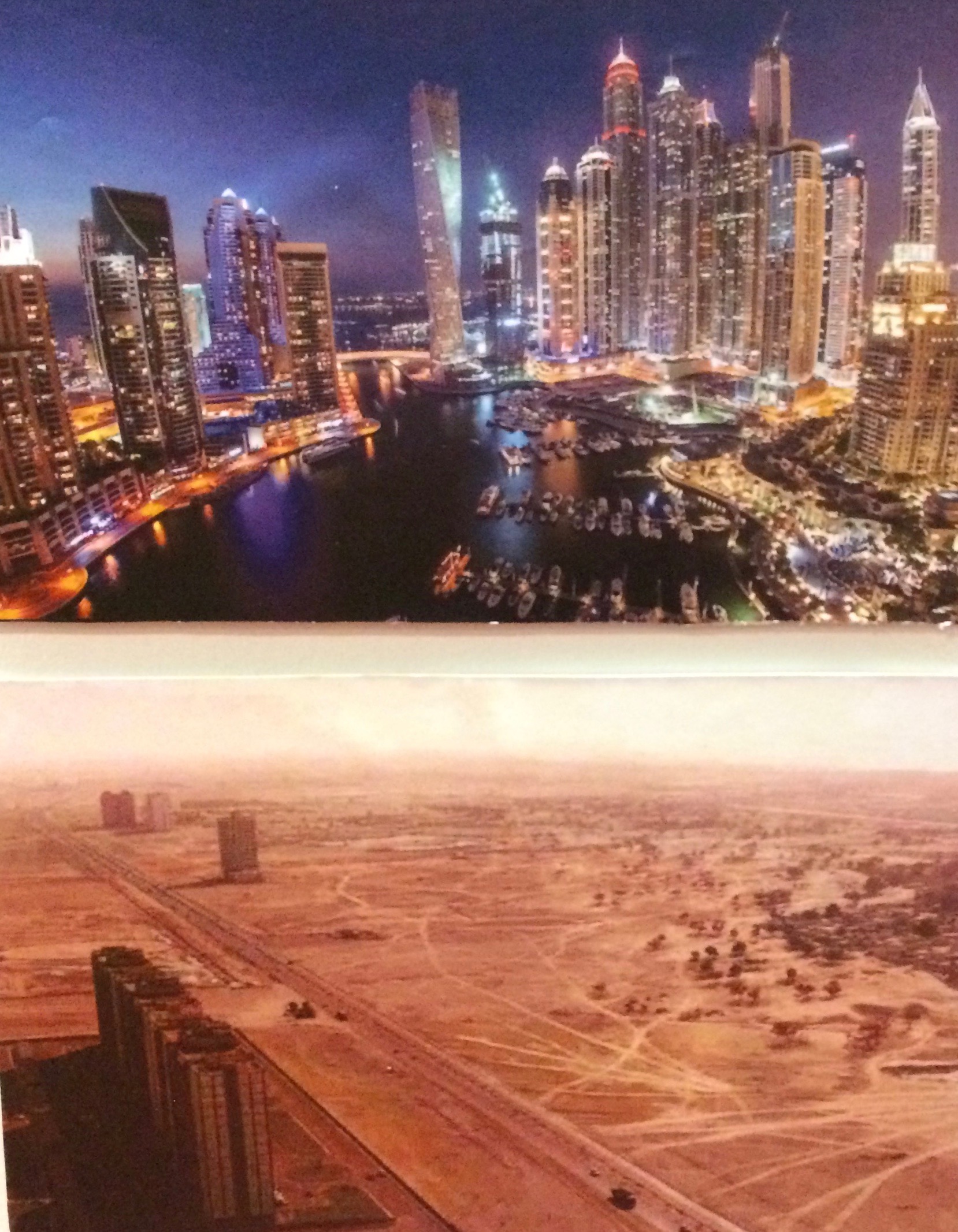

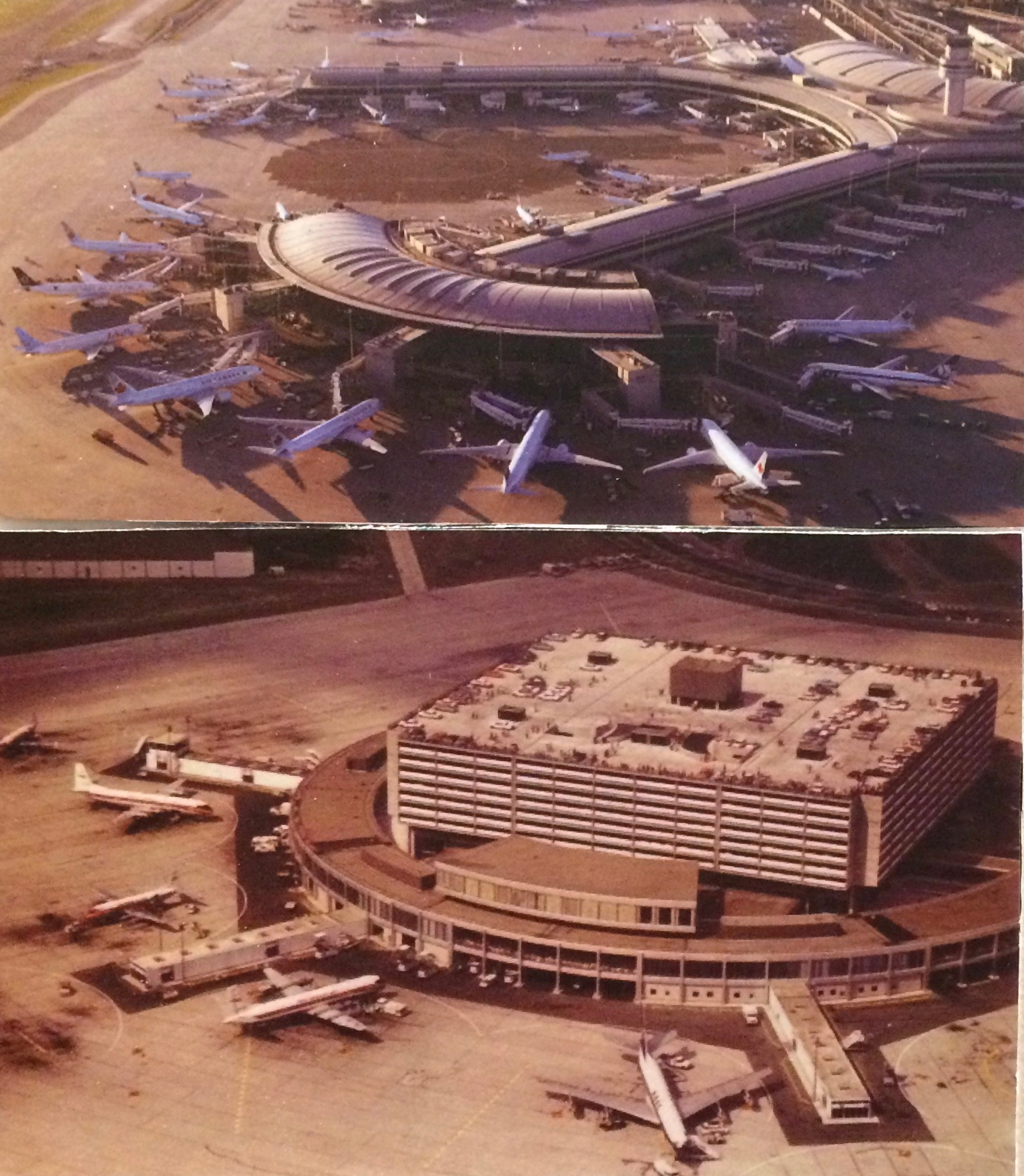
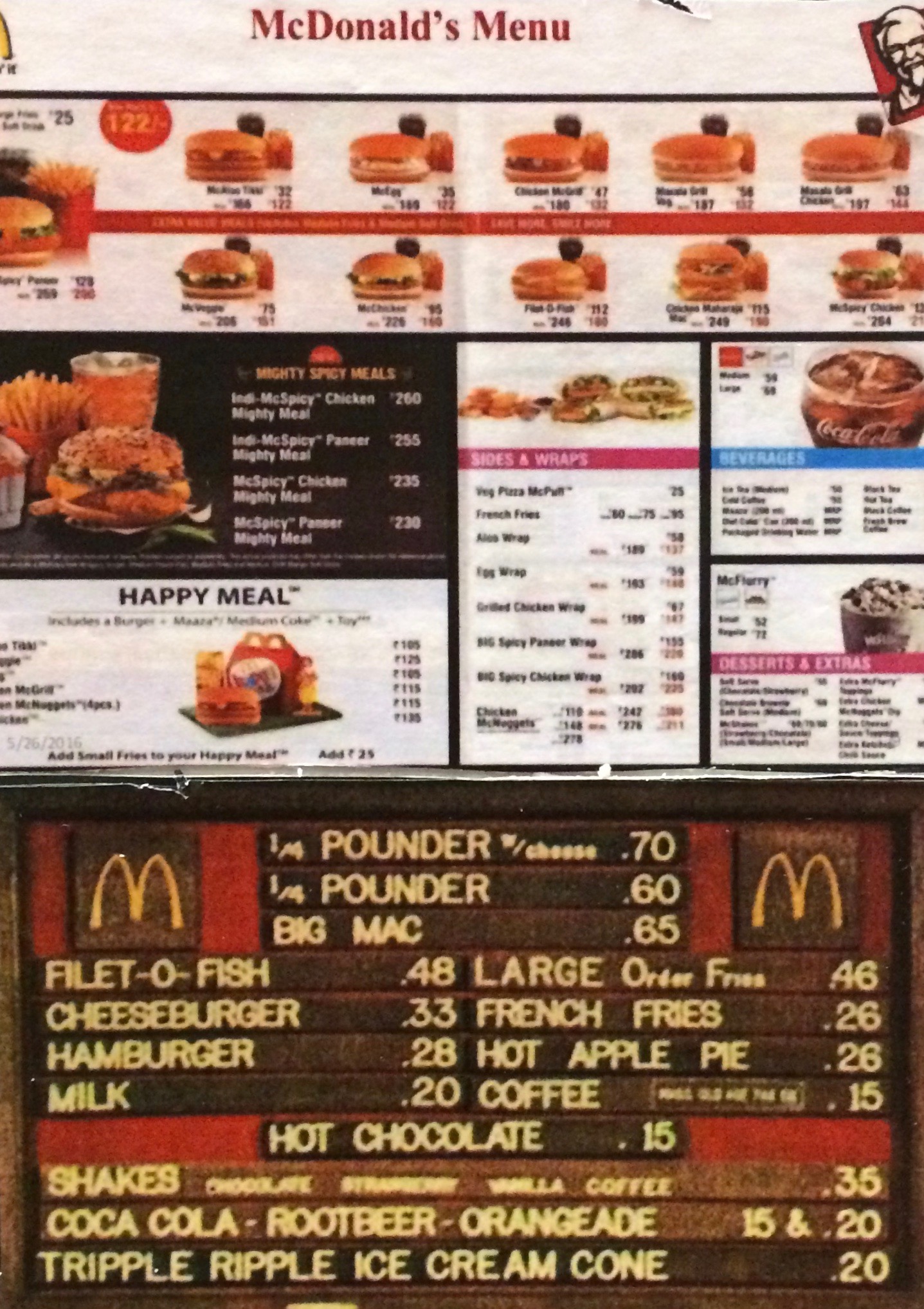

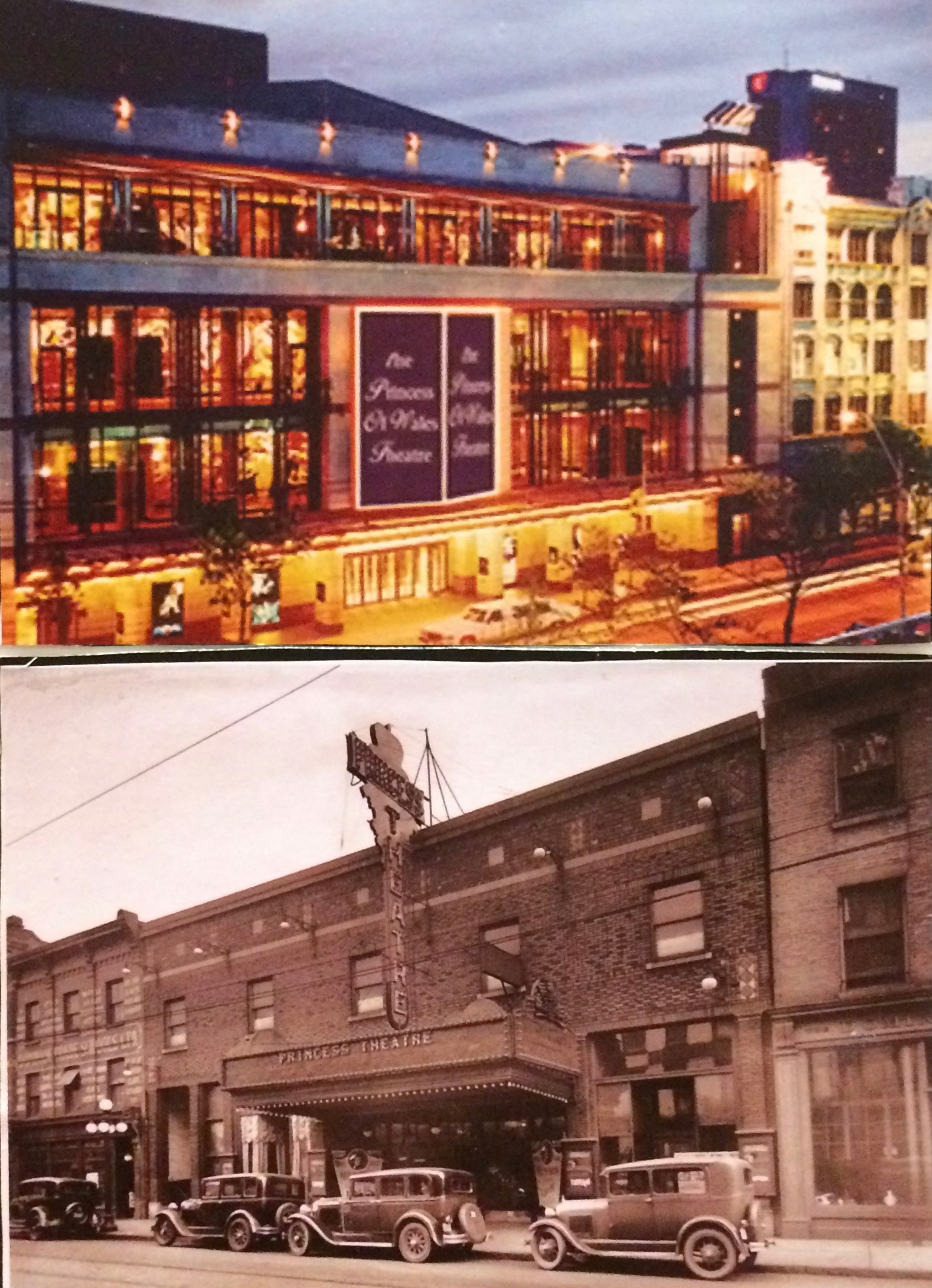
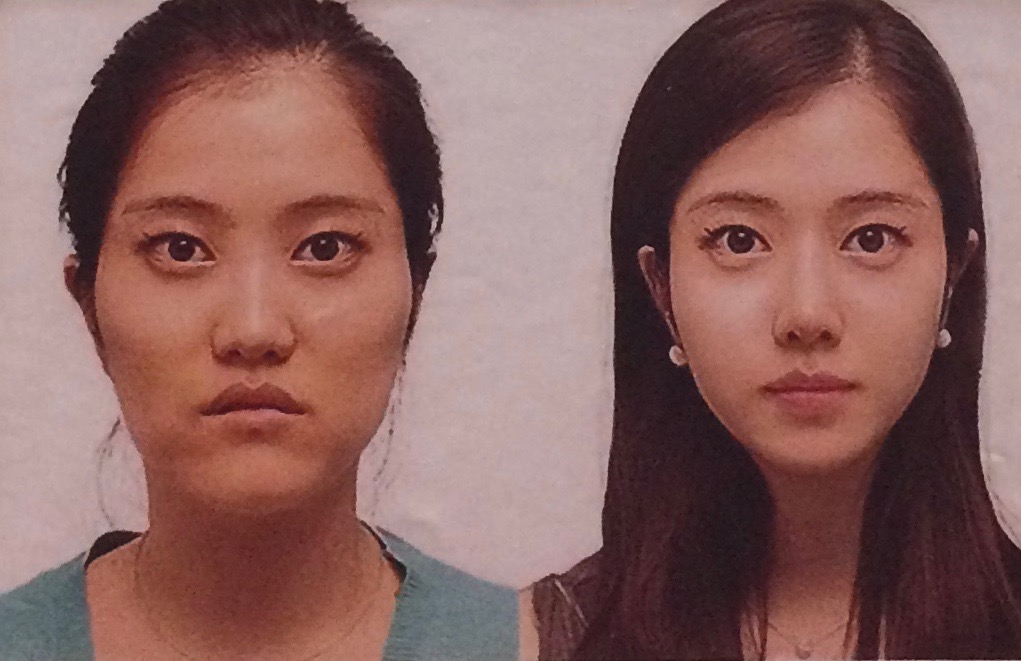


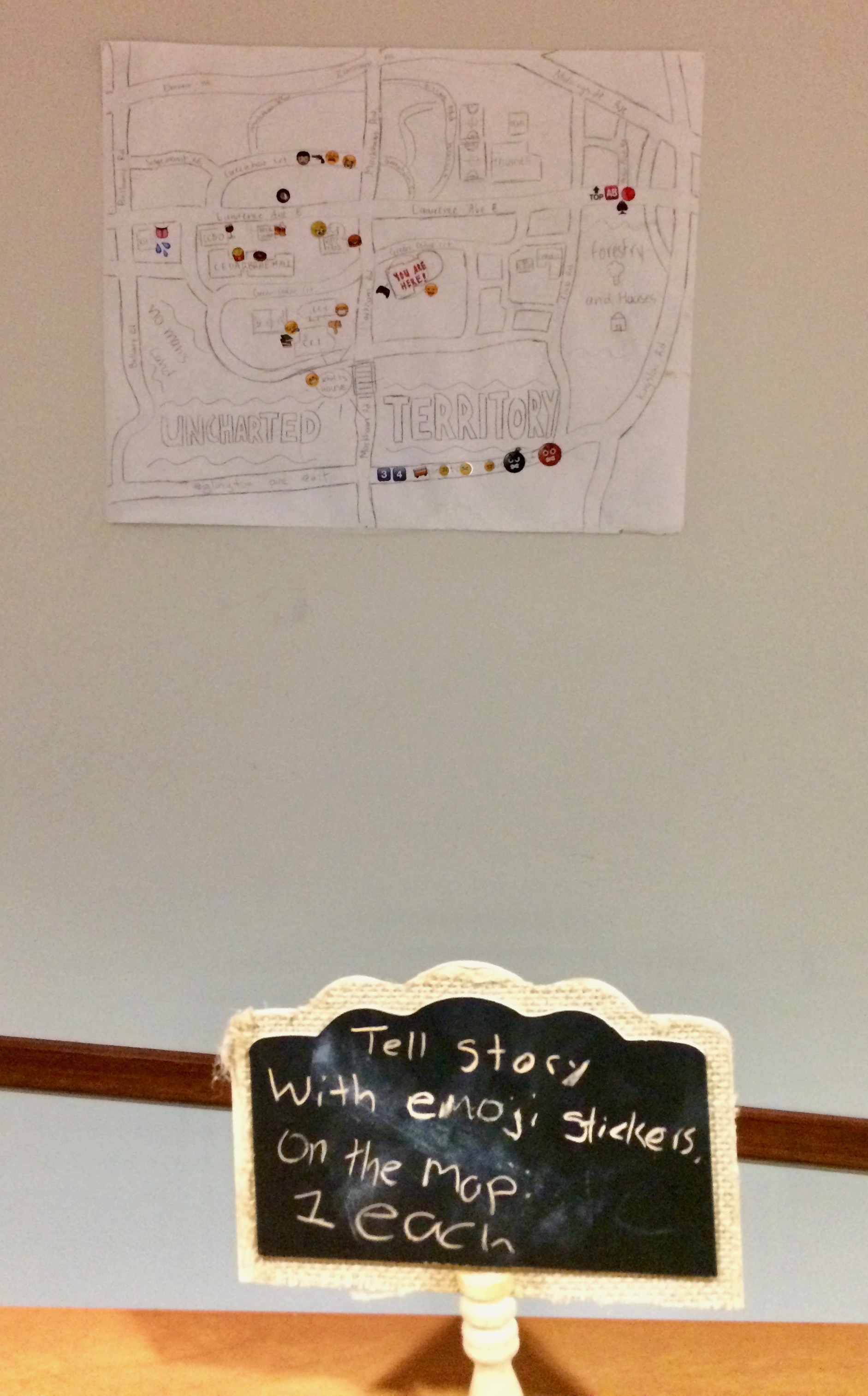





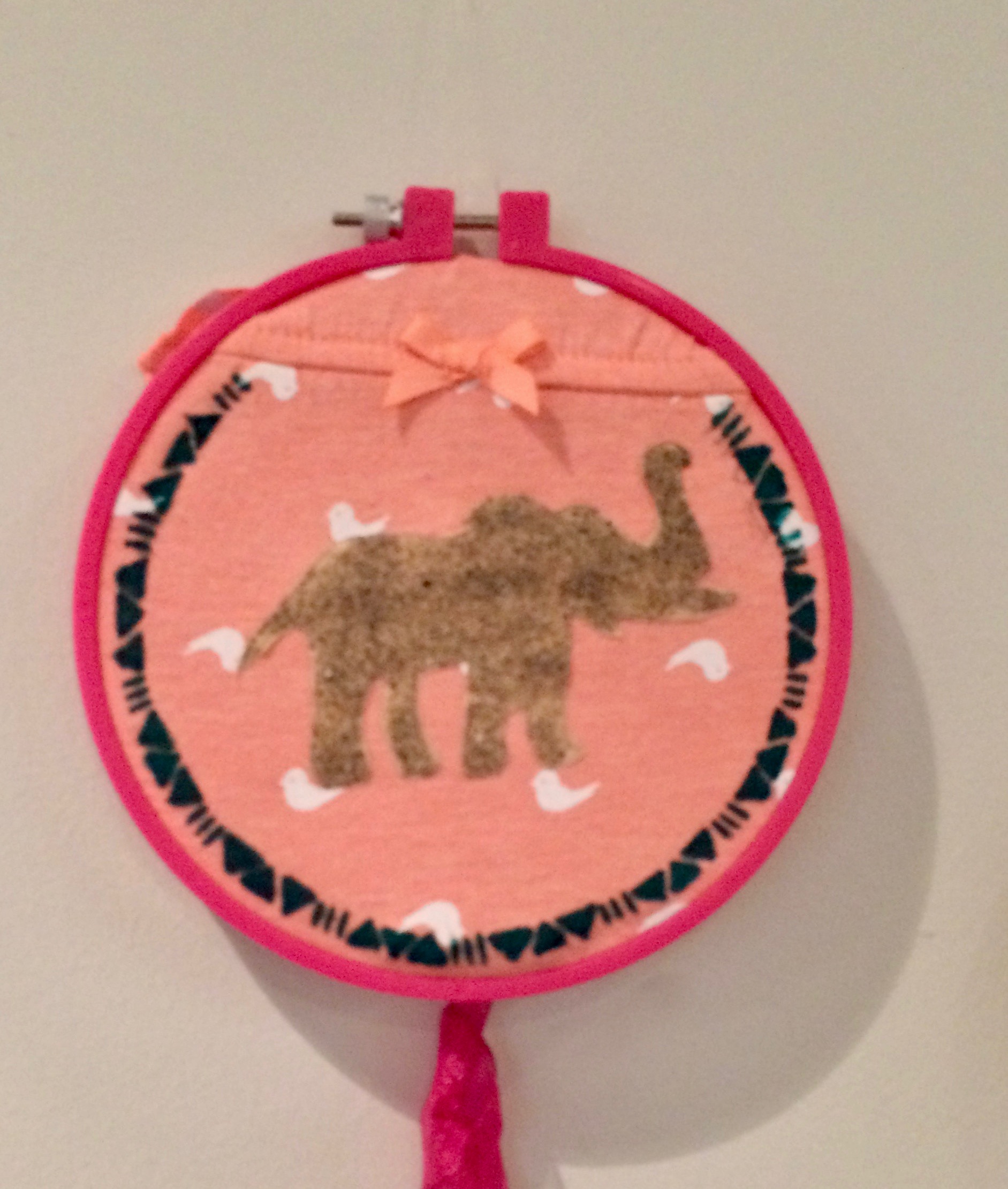

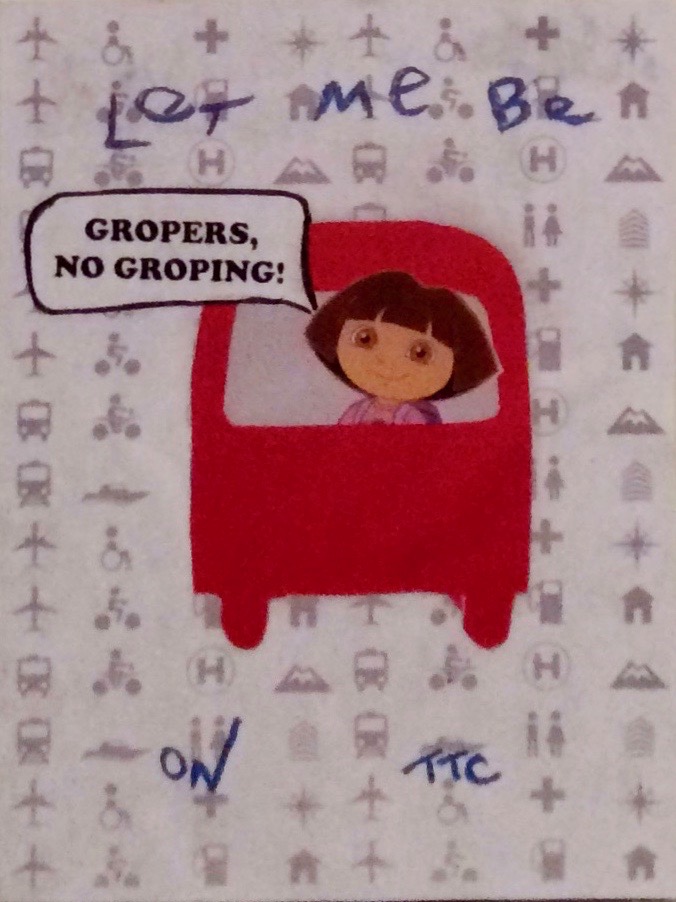
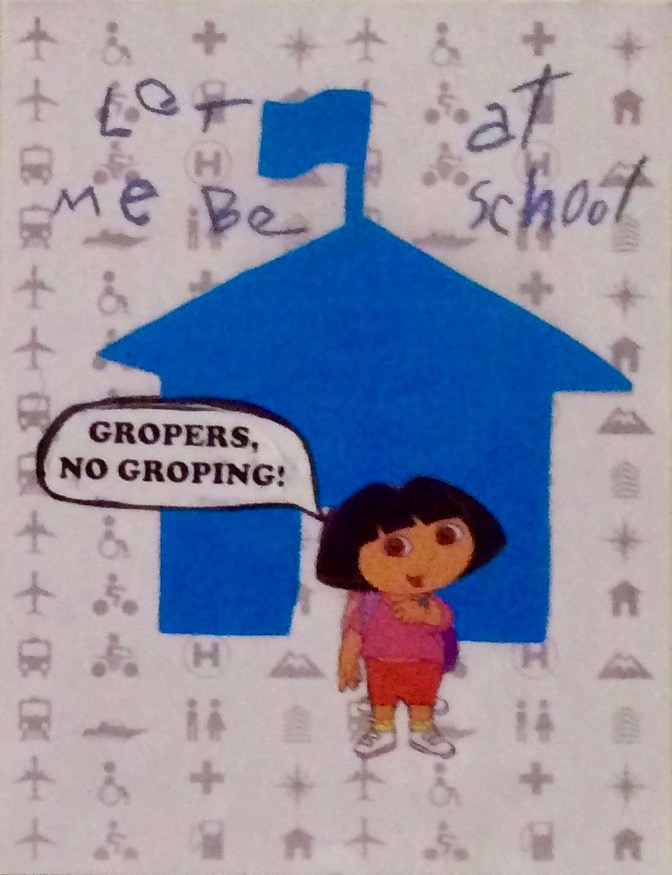


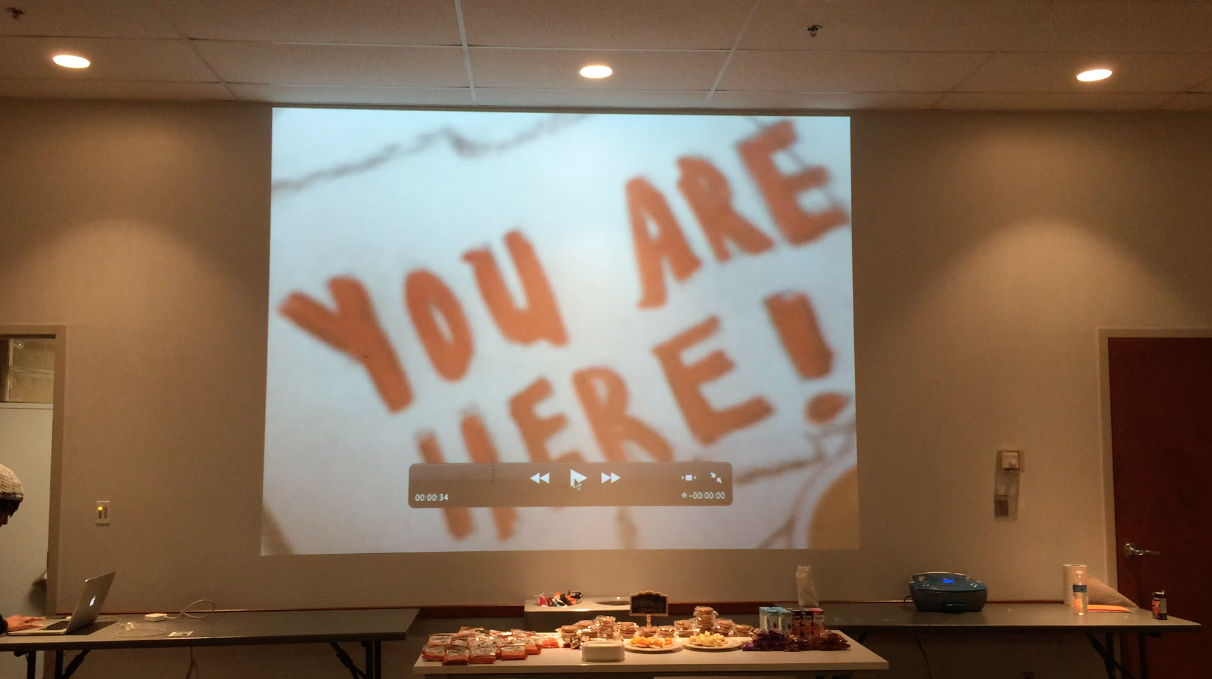



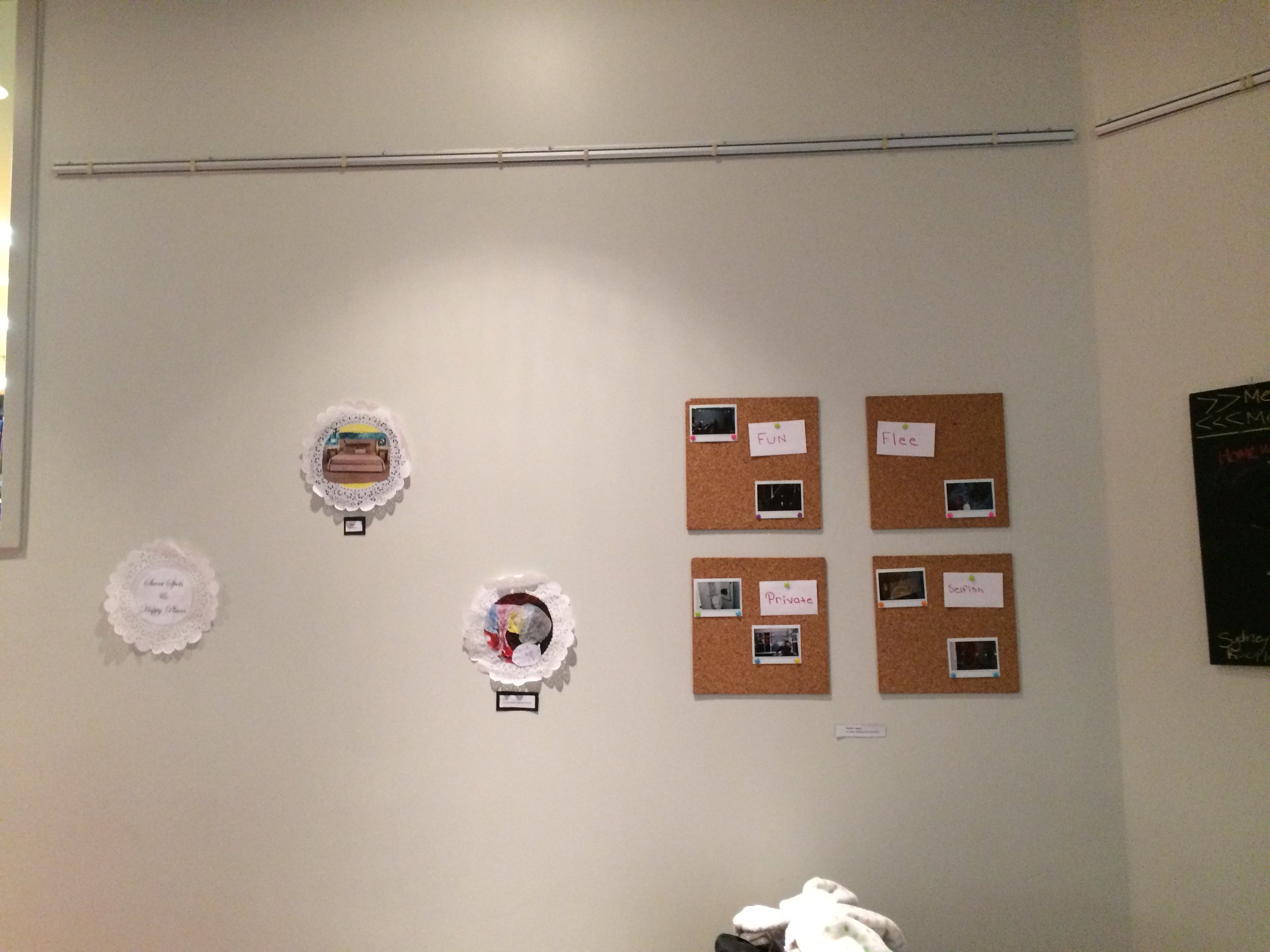
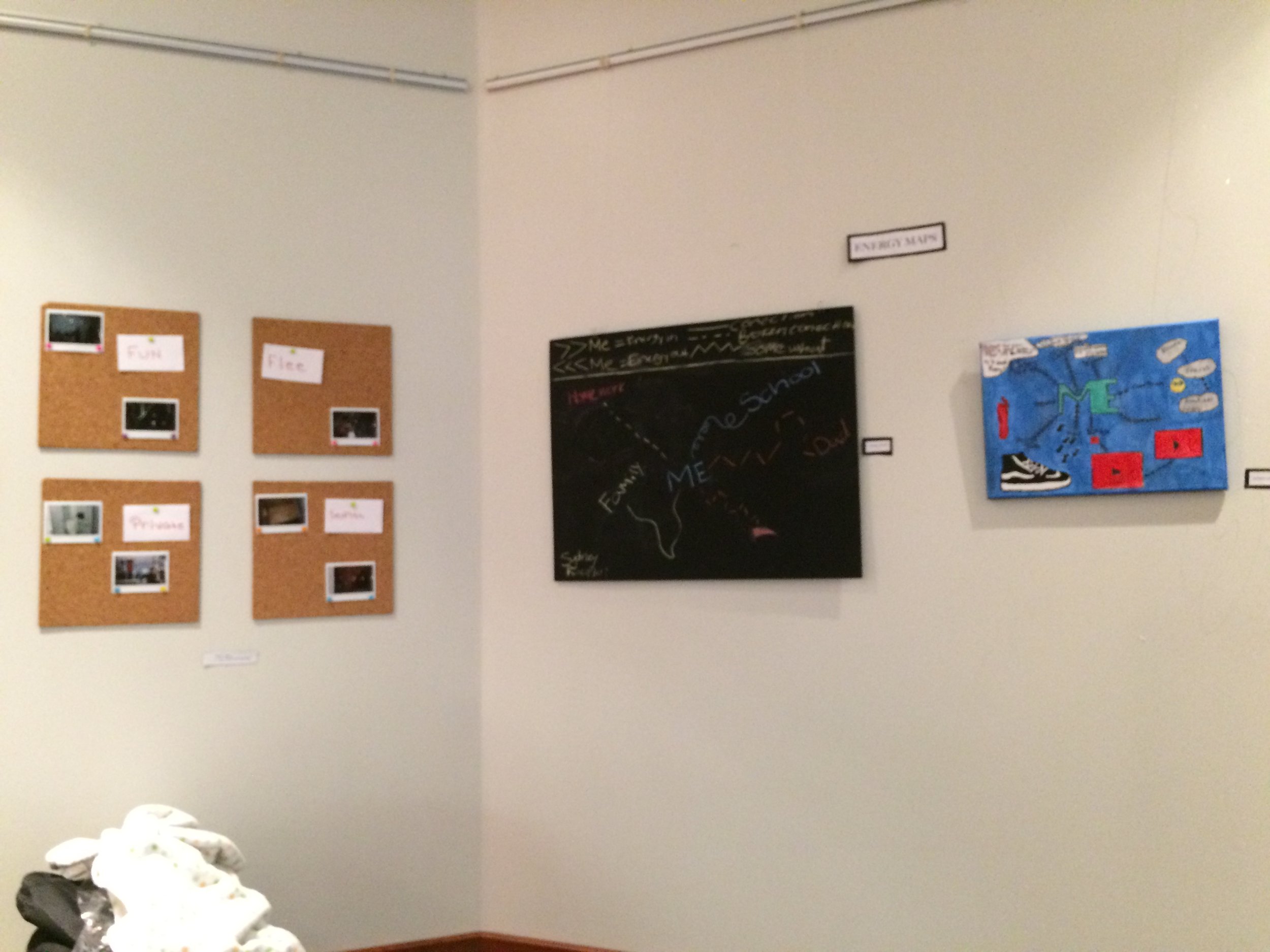
















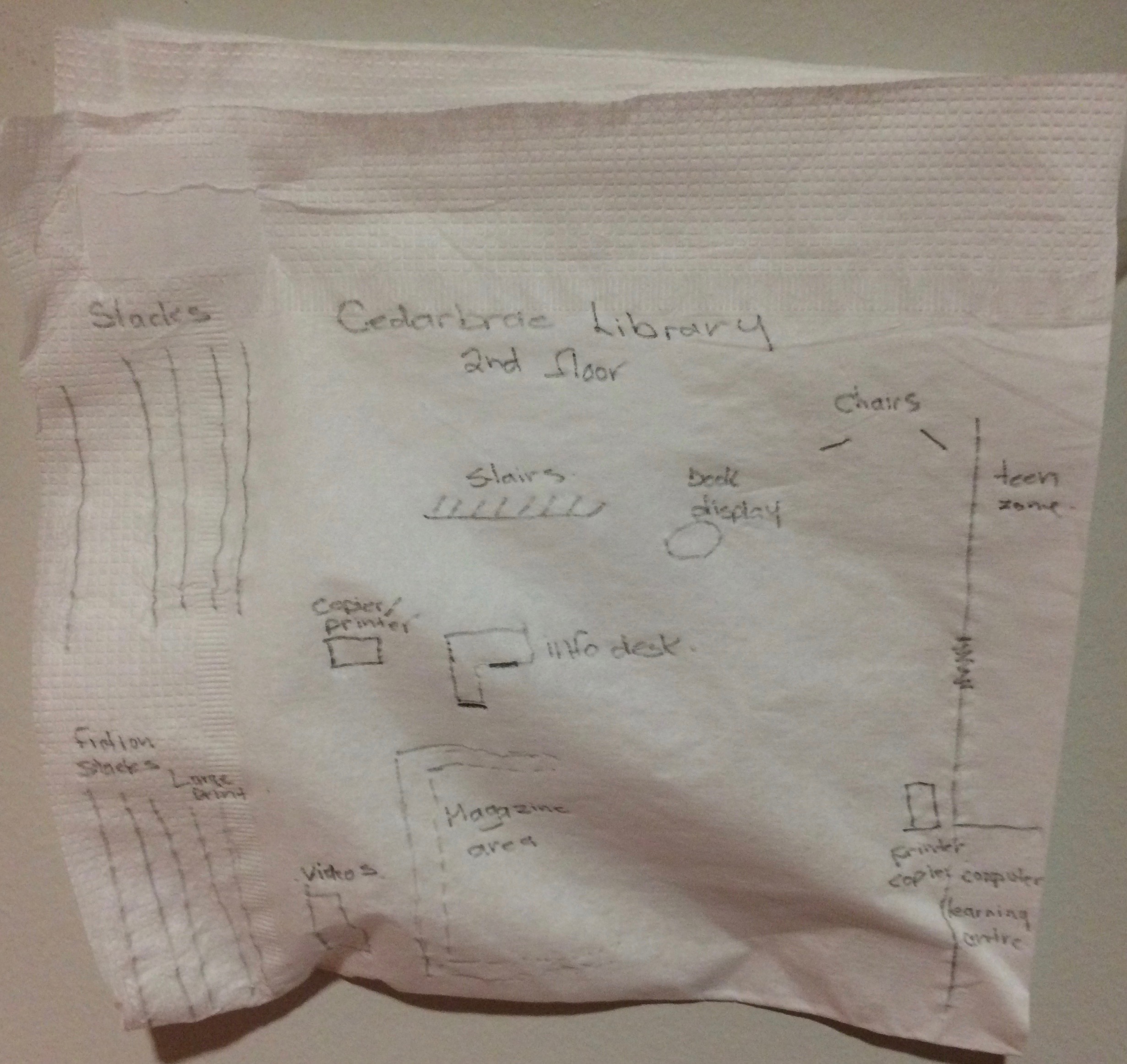









































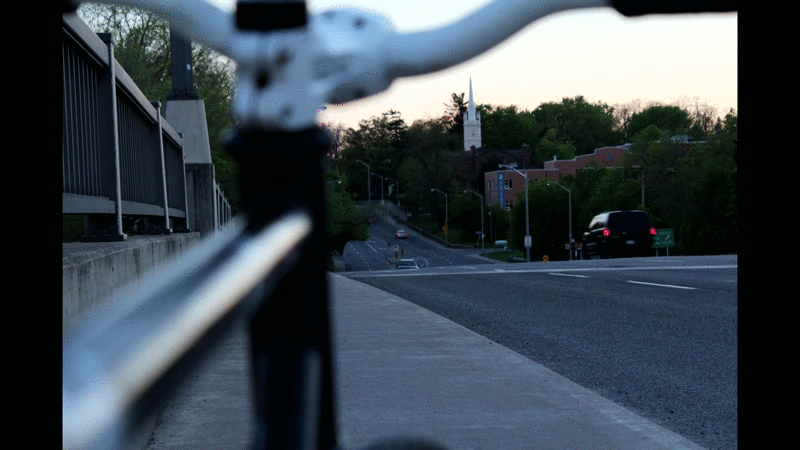




Works of collage that use visual metaphor and puns; reflect lived-experiences; express individuality and share stories of personal growth and vision.